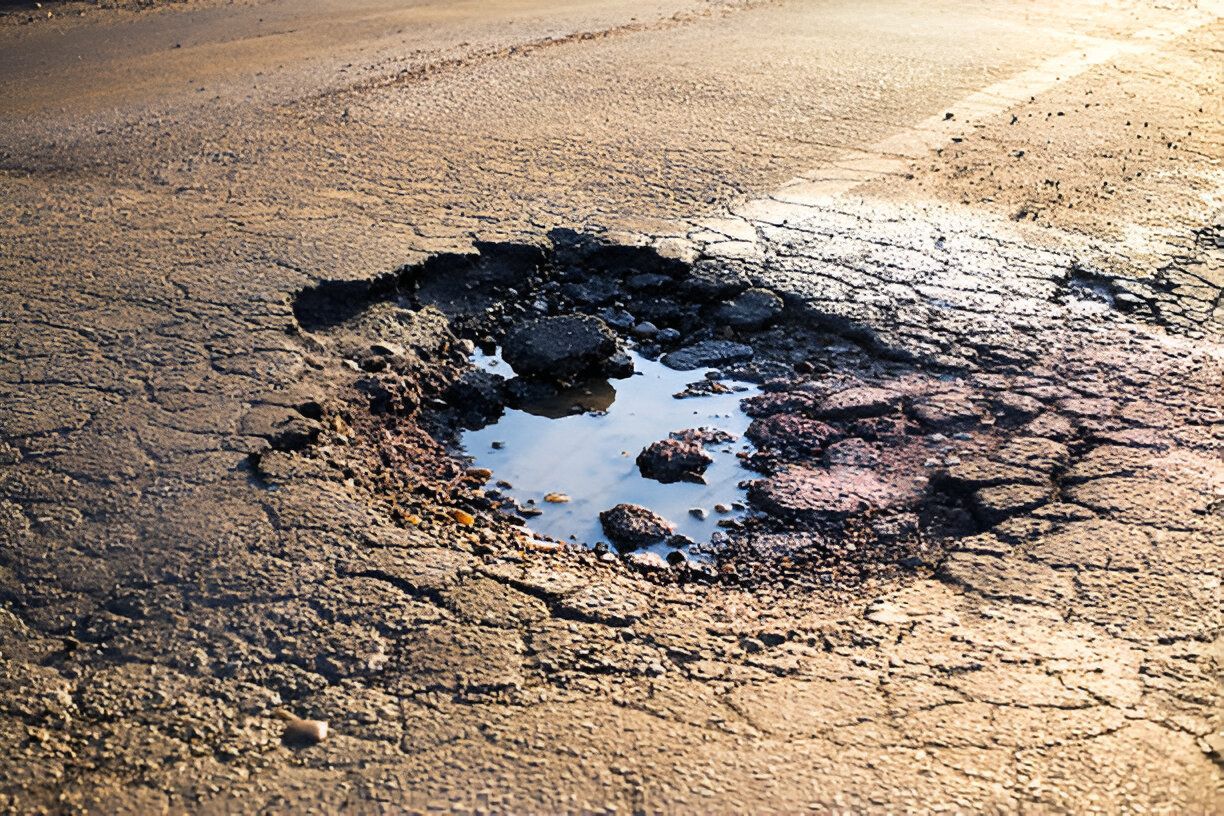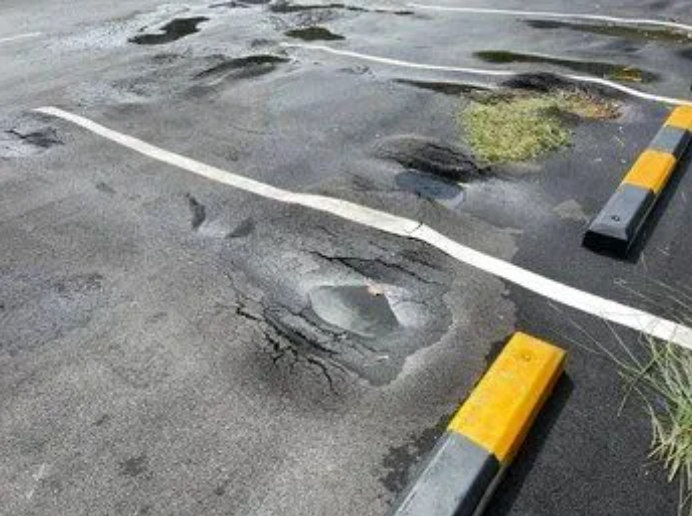Common Issues with Long Island Asphalt Driveways and How to Fix Them
Asphalt driveways are a popular choice for homeowners across Long Island thanks to their affordability, durability, and sleek black finish. However, the region’s unique weather conditions—from hot summers to frigid winters—can take a toll on even the best-laid asphalt. If you’ve noticed cracks, dips, or crumbling edges, you’re not alone.
In this guide, we’ll explore the most common asphalt driveway problems in Long Island and walk you through practical, cost-effective solutions to restore your surface—and your curb appeal.
1. Cracking: The #1 Issue for Asphalt in Long Island
Why It Happens
- Freeze-thaw cycles: Water seeps into small cracks and expands when frozen.
- Heavy vehicles: Repeated pressure from cars and trucks.
- Age: Asphalt naturally becomes brittle over time.
How to Fix It
- Crack Filling: For small linear cracks, a hot rubberized crack filler can seal the gap and prevent water intrusion.
- Resurfacing: For widespread cracking, especially alligator cracking (web-like patterns), a new asphalt layer may be required.
Prevention Tips
- Sealcoat your driveway every 2–3 years to protect the surface.
- Avoid parking heavy vehicles on the same spot repeatedly.

2. Potholes: Hazardous and Unattractive
Why It Happens
- Water intrusion and freeze-thaw cycles cause the asphalt to weaken and eventually collapse.
- Poor base installation during the initial construction.
How to Fix It
- Cold Patch Asphalt: A quick DIY fix for small potholes.
- Hot Mix Asphalt Repair: A longer-lasting solution requiring professional equipment for compaction.
Prevention Tips
- Address cracks early before they grow into potholes.
- Ensure proper drainage around your driveway.
3. Drainage Problems: Pooling Water = Future Damage
Why It Happens
- Inadequate slope during installation.
- Settling of the sub-base over time.
How to Fix It
- Installing a French Drain: Helps redirect water.
- Regrading: Corrects slope to ensure water flows off the driveway.
- Edge Drains: Discrete trench drains that collect and channel water away.
Prevention Tips
- Schedule an annual inspection, especially after winter.
- Keep gutters and nearby drains clear.
4. Fading and Discoloration
Why It Happens
- UV rays from the sun break down asphalt binders.
- Oil and gas stains from vehicles.
How to Fix It
- Sealcoating: Adds a fresh, black finish and protects against UV.
- Degreaser Products: Designed to lift automotive stains without damaging the asphalt.
Prevention Tips
- Clean spills immediately.
- Park in different spots to reduce stress and staining.
5. Edge Crumbling
Why It Happens
- Lack of edge support or sub-base.
- Soil erosion near the driveway’s edges.
How to Fix It
- Edge Reinforcement: Add soil, gravel, or concrete edging to support asphalt.
- Patching: Apply cold patch or new asphalt to rebuild the area.
Prevention Tips
- Avoid parking too close to the edge.
- Install borders to preserve structure.

6. Tree Root Damage
Why It Happens
- Tree roots grow under the asphalt, causing it to buckle or crack.
How to Fix It
- Root Removal: Remove offending roots and fill voids with stable material.
- Full Repair: Excavate damaged section and repave.
Prevention Tips
- Plant trees away from driveways.
- Use root barriers during initial installation.
7. Weeds and Grass Growing Through Cracks
Why It Happens
- Moisture and sunlight allow weeds to sprout through unsealed cracks.
How to Fix It
- Weed Killers: Apply before patching.
- Crack Sealing: Prevents regrowth and moisture penetration.
Prevention Tips
- Seal cracks annually.
- Trim nearby grass and remove organic debris regularly.
When to Call a Professional
While some minor issues can be DIYed, large or recurring problems should be addressed by a licensed asphalt contractor. Call in the pros if:
- Cracks exceed ¼ inch in width.
- You have multiple potholes.
- Drainage problems are affecting your home’s foundation.
- The driveway is more than 20 years old.
Choosing the Right Contractor in Long Island
What to Look For
- Local experience with Long Island weather and soil types
- Licensed and insured contractors
- Positive customer reviews and project portfolio
- Clear warranties on materials and workmanship
Getting multiple quotes and comparing timelines and methods will ensure you make a sound investment.
Conclusion
Long Island’s climate creates unique challenges for asphalt driveway owners. From cracking and potholes to drainage and fading, staying ahead of maintenance can save thousands in the long run. Knowing what to look for—and how to fix it—empowers you to protect your property and keep your driveway looking great year-round.
Whether you’re tackling minor repairs or need full resurfacing, always consult with a trusted local contractor who understands the needs of Long Island homeowners.
Ready to restore your asphalt driveway? Keep this guide handy and act early—the best way to fix problems is to prevent them in the first place. For more helpful home exterior content and repair guides, check back regularly or subscribe to our updates.
Frequently Asked Questions
1. How long should a Long Island asphalt driveway last?
With proper maintenance, 15–20 years is average.
2. Can I fix a pothole myself?
Yes, small potholes can be temporarily fixed with cold patch asphalt.
3. Can I fix a pothole myself?
Every 2–3 years is recommended for Long Island’s climate.
4. Can I fix a pothole myself?
Asphalt is typically more affordable and easier to repair, making it a good fit for Long Island homes.
5. Can I fix a pothole myself?
Spring and early fall are ideal when temperatures are moderate and dry.



